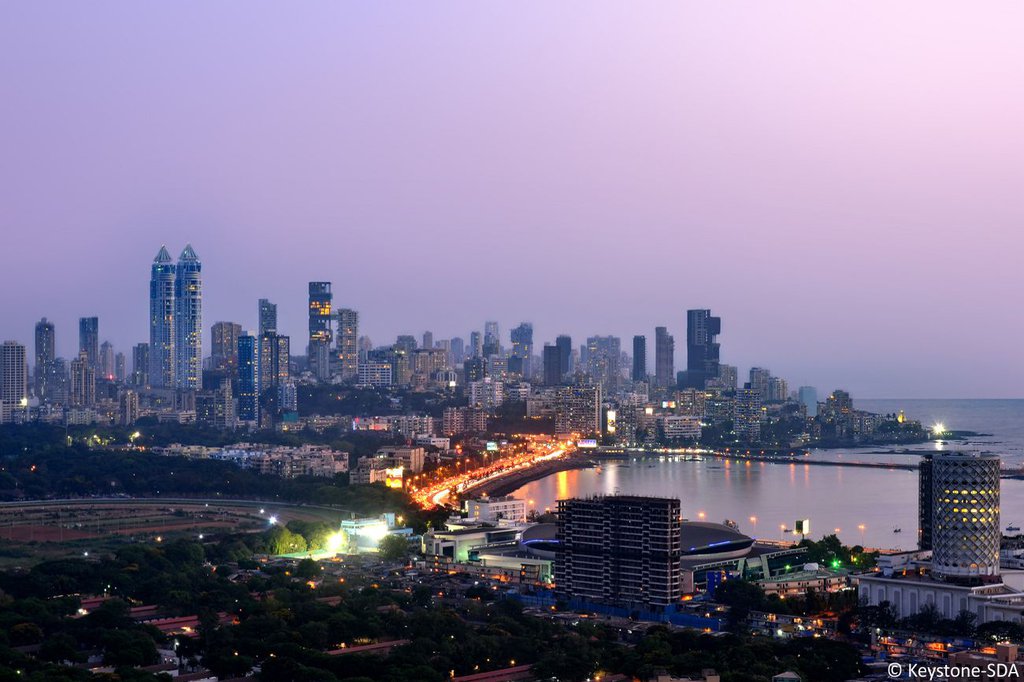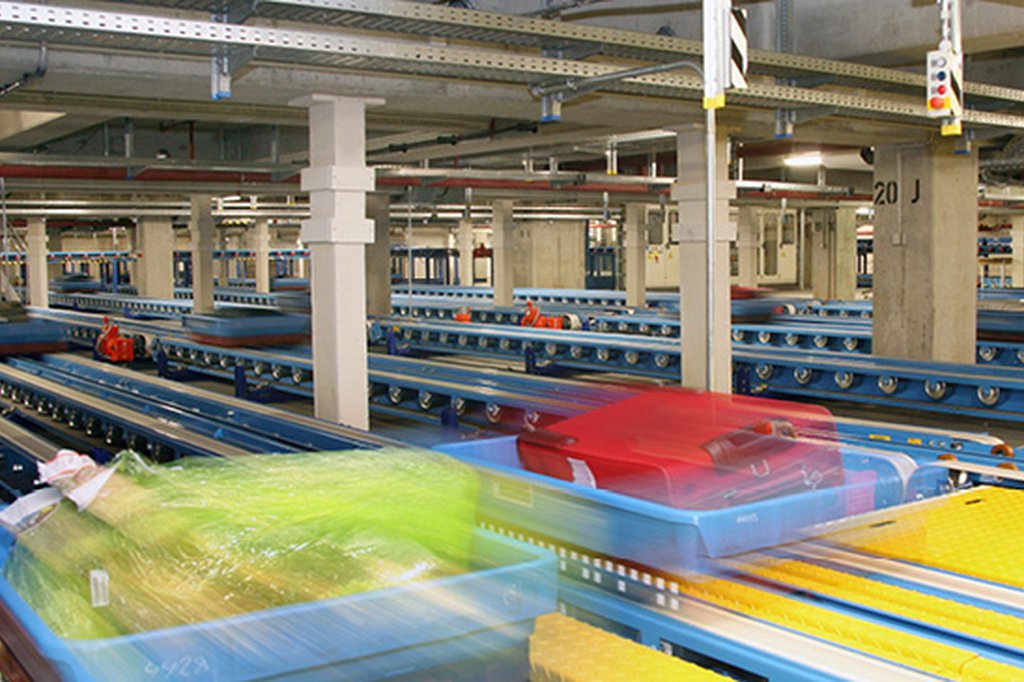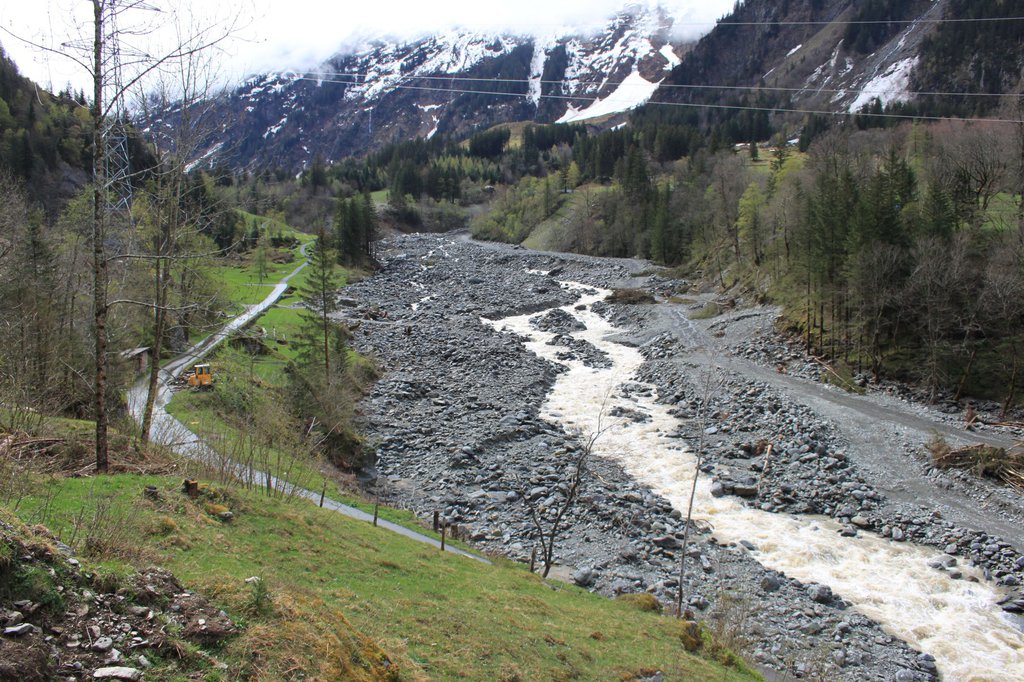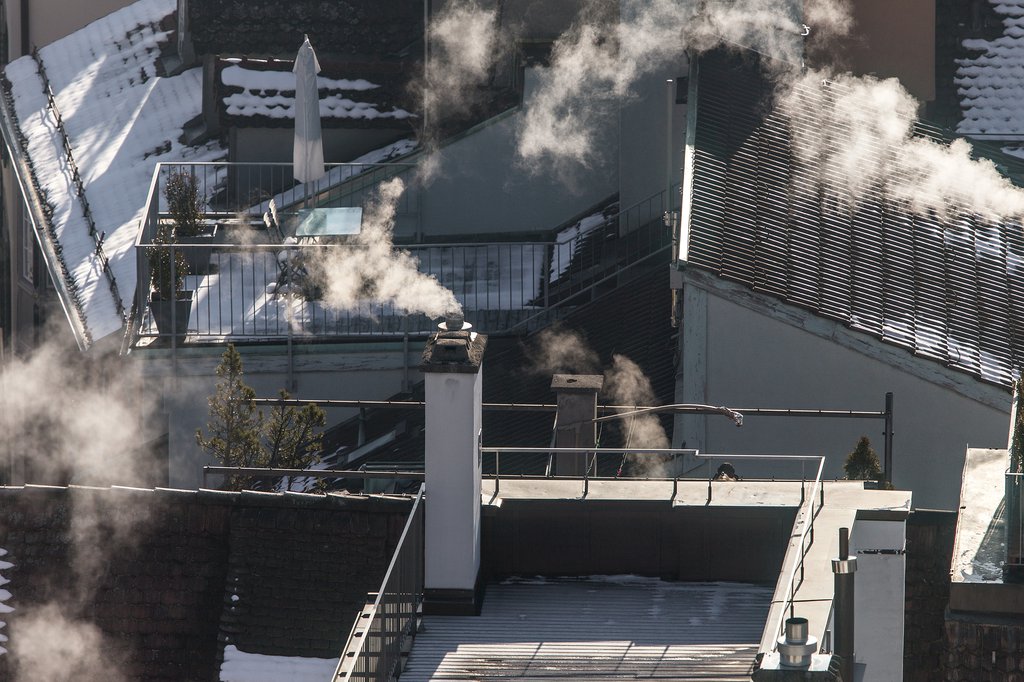International Baseline Rules Are a Precondition for Well-Functioning Carbon Markets
News, Environment and Climate, Economy, Development | March 20, 2017
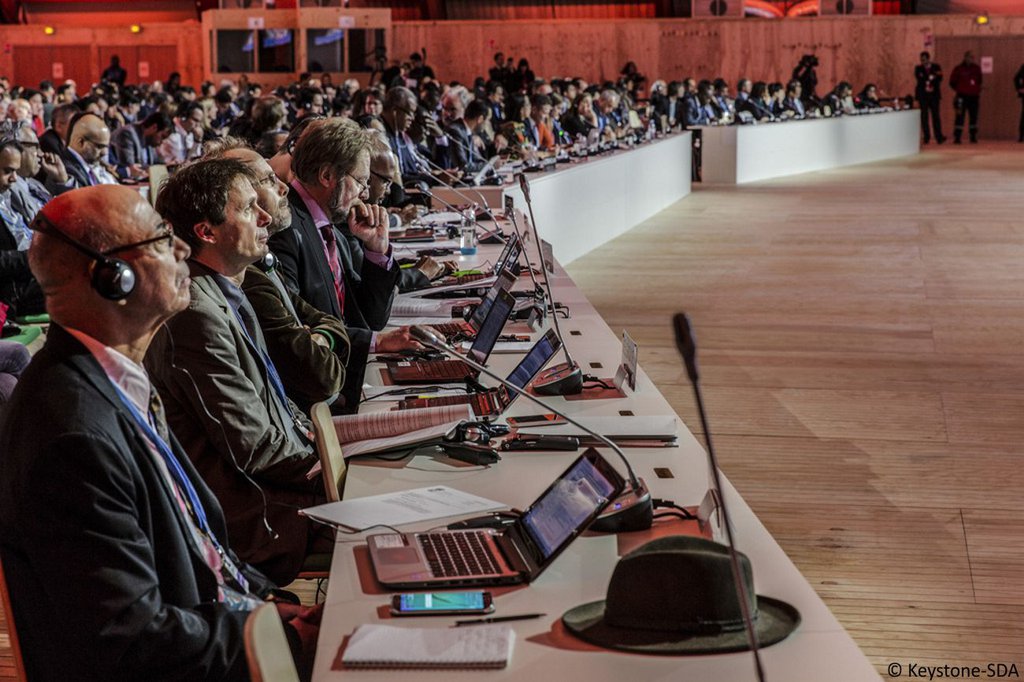
Greenhouse gas emission reduction projects of different countries can only be assessed, compared and plausibly certified when applying international valuation standards. This is a precondition for well-functioning crediting mechanisms, by which effective projects are awarded with tradable certificates. This is one of the conclusions reached by INFRAS, in cooperation with other climate experts, in a report commissioned by the Swedish Energy Agency.

